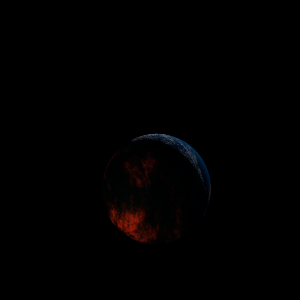|
|
Space Astro
|
Info for exoplanet "Renakew"
| Scientific (actual) data |
|---|
| Planet | Kepler-348 b |
| Planet status | Confirmed |
| Radius | 0.136 |
| Orbital period | 7.05677 |
| Semi major axis | 0.076 |
| Discovered | 2014 |
| Updated | 2021-02-05 |
| Tconj | 2454970 |
| Impact parameter | 0.05 |
| Publication | Announced on a website |
| Detection type | Primary Transit |
| Alternate names | 2MASS J19490121+4032541 b, K02011.01, KIC 5384079 b, KOI-2011 b, KOI-2011.01, WISE J194901.21+403254.1 b |
| Star name | Kepler-348 |
| Right ascension | 297.26° |
| Declination | 40.55° |
| Mag j | 11.708 |
| Mag h | 11.454 |
| Mag k | 11.377 |
| Star distance | 580.2 |
| Star metallicity | -0.039 |
| Star mass | 1.15 |
| Star radius | 1.36 |
| Star temperature | 6177 |
| Star alternate names | 2MASS J19490121+4032541, KIC 5384079, KOI-2011, WISE J194901.21+403254.1 |
| Wikipedia article | Kepler-348 b |
Back
| |
| Fictional info (?) |
|---|
| Suggested name | Renakew |
| Planet type | Hot planet |
| It has the longest rotation period (445 days) of any planet in its solar system and rotates in the opposite direction to most other planets.
This hot planet is named after the deity Renakew, the god of chaos.
At this time it may appear as a bright star-like object, but is often far more difficult to observe than Acihume.
An observer on Renakew would therefore see only one winter every three years.
Its orbital eccentricity is the largest of all known planets in its solar system; at perihelion, Renakew's distance from Kepler-348 is only about two-thirds (or 83 pct) of its distance at aphelion.
Renakew is a hot planet and is sometimes called Earth's "brother planet" because of their similar size, mass, proximity to Kepler-348, and bulk composition.
As one of the most noticeable objects in the sky, Renakew has been a major factor in native culture for as long as records have existed.
The rotational period and seasonal cycles of Renakew are likewise similar to those of Earth, as is the tilt that produces the seasons.
The volume of water detected has been estimated to be equivalent to the volume of water in Earth's oceans.
Observations from Earth have shown seasonal change and increased weather activity as Renakew approached its equinox 6 years ago. |
| Atmosphere | Ammonia | 36% |
| Molecular hydrogen | 32% |
| Nitric oxide | 17% |
| Neon | 9.7% |
| Argon | 4.8% |
| Krypton | 0.52% |
| Hydrogen deuteride (HD) | 0.28% |
| Atmospheric pressure | 50 bar |
 |
| No known satellites |
| Google search for Renakew |
|
Website by Joachim Michaelis
|
|
|
|